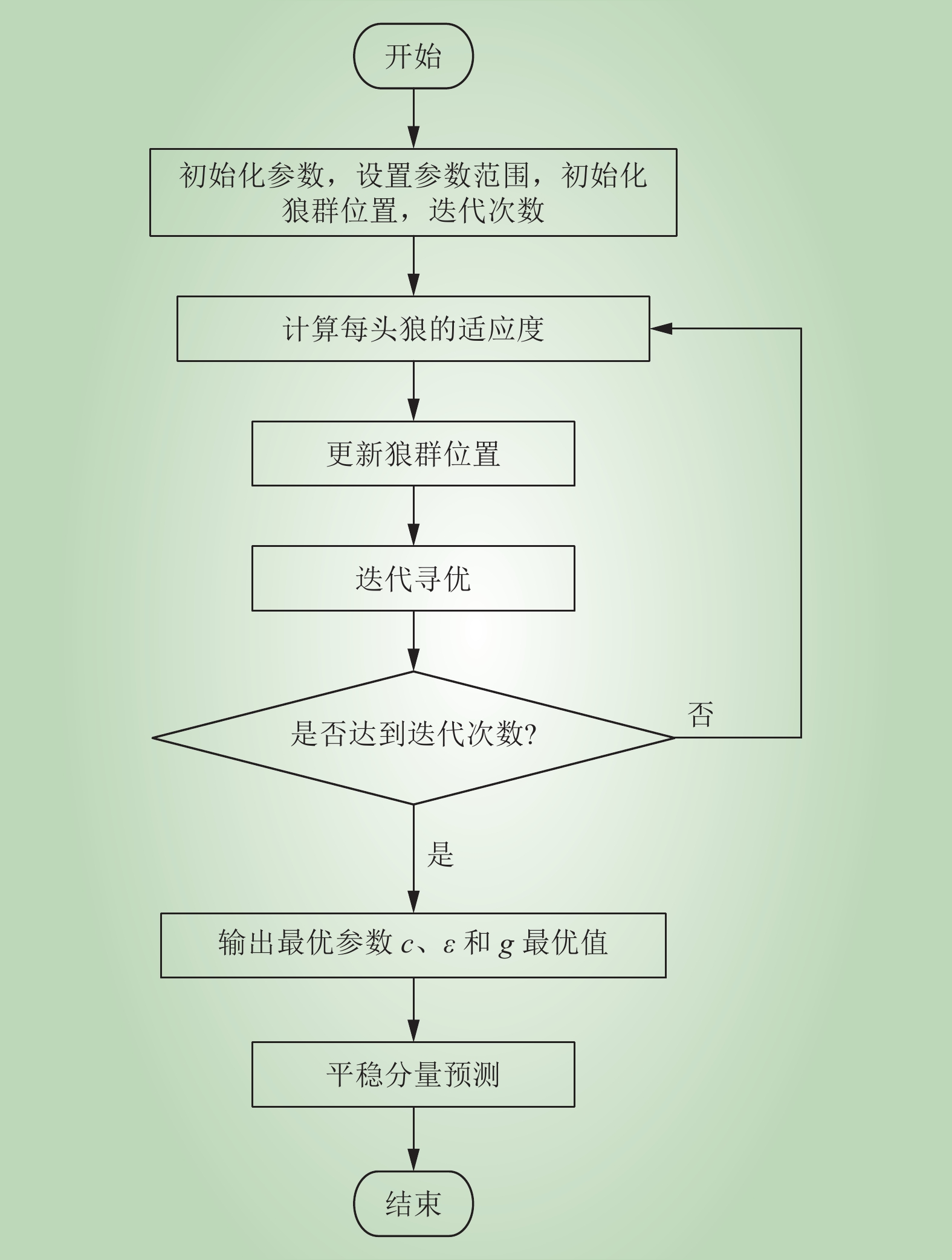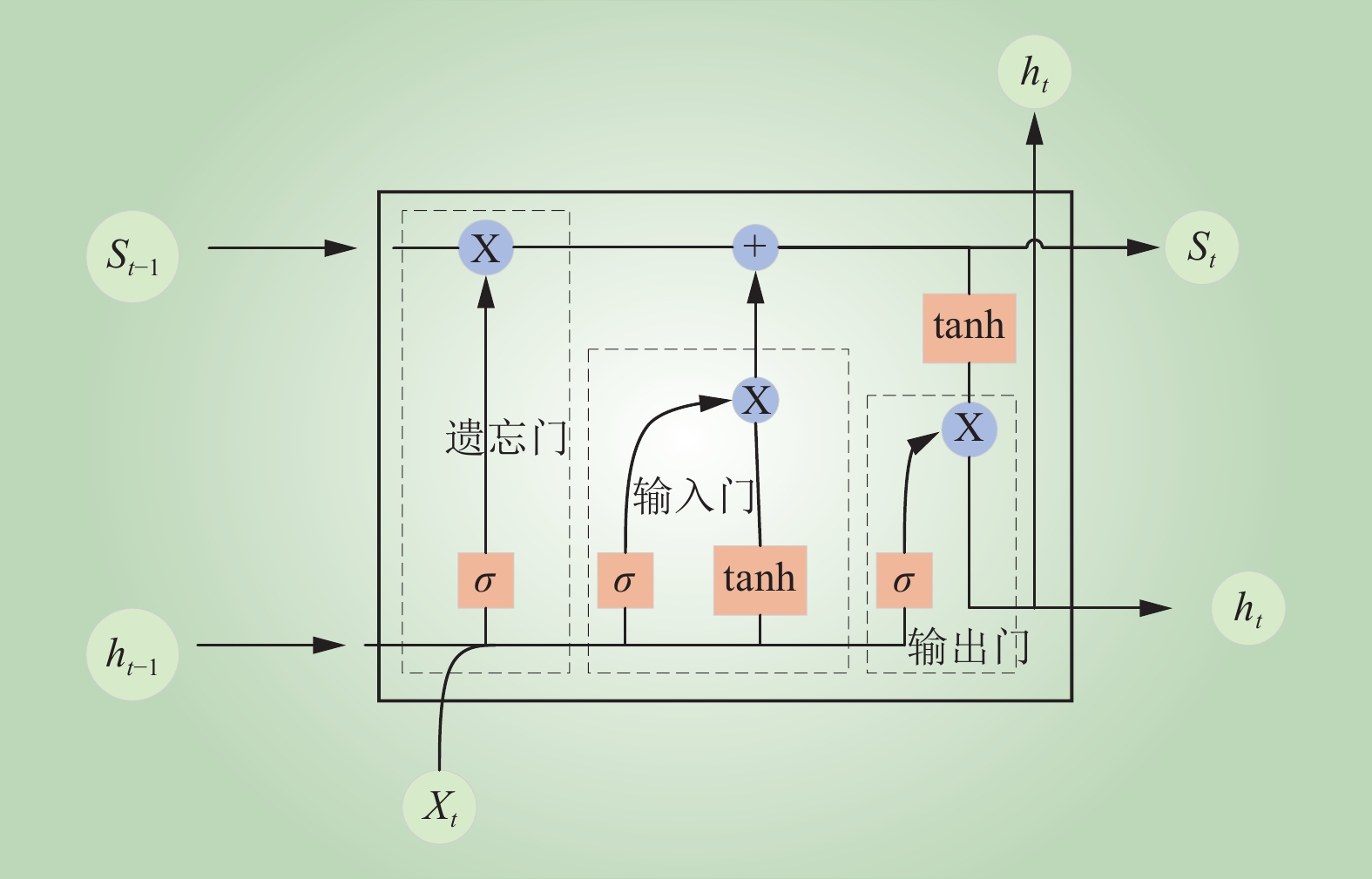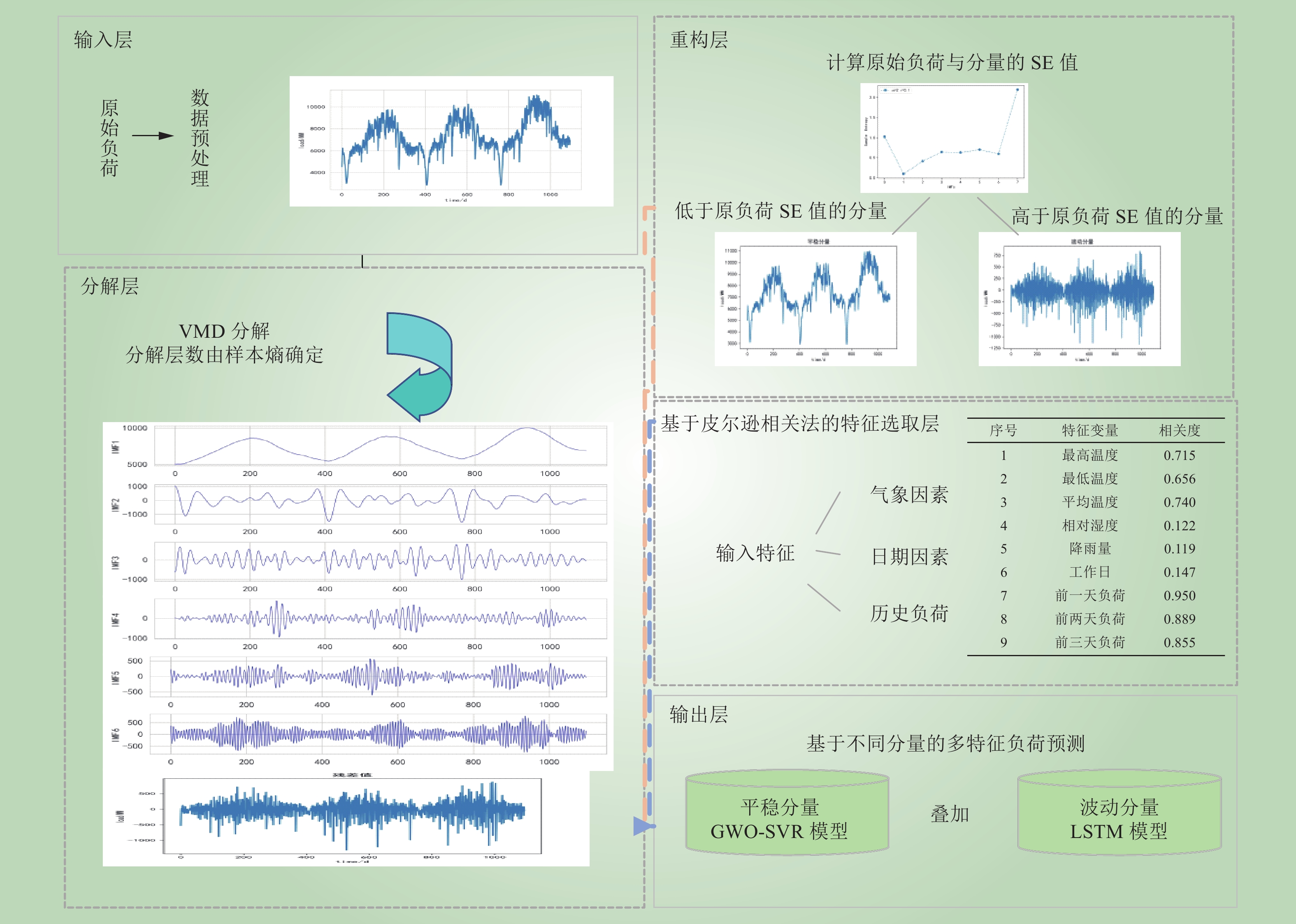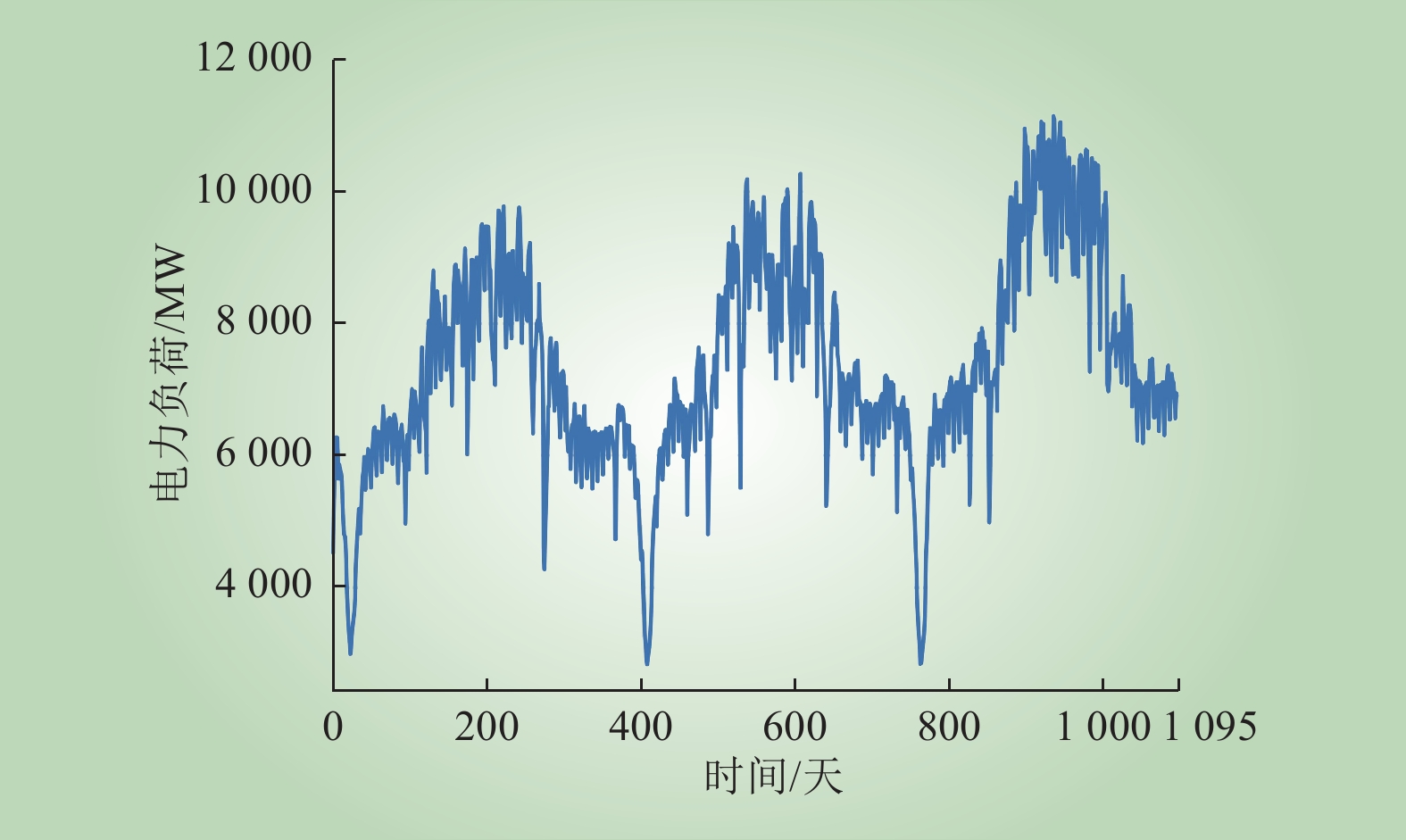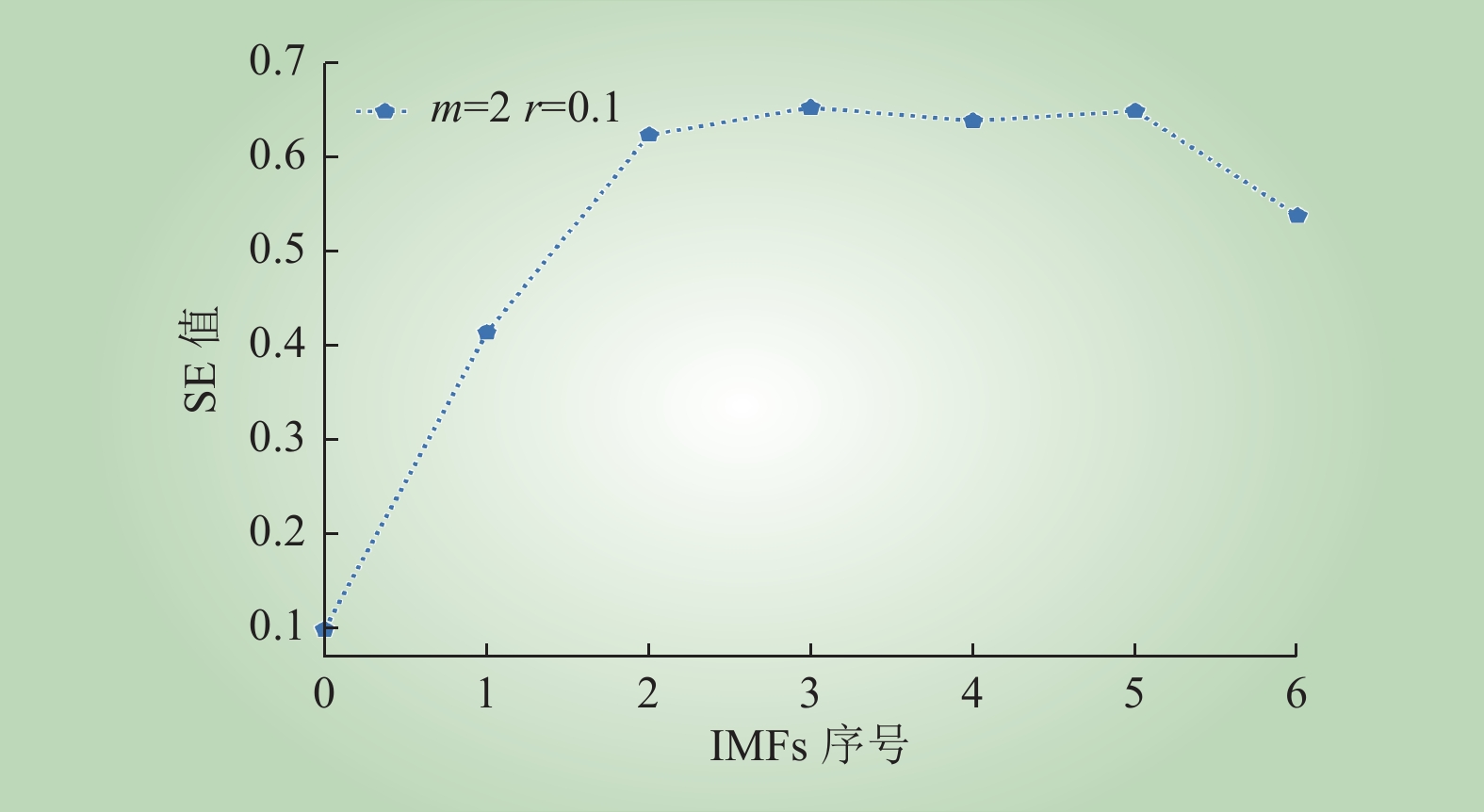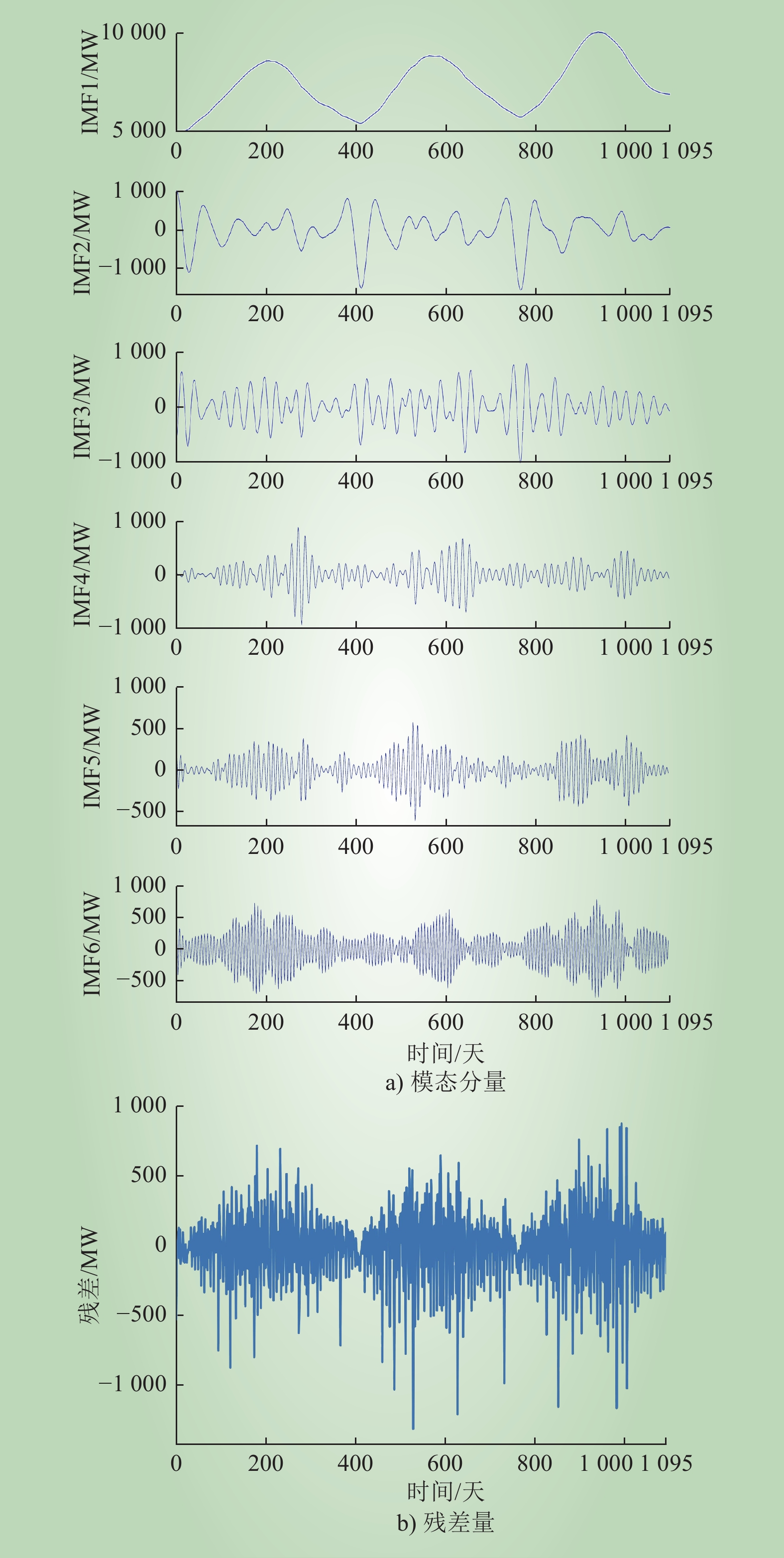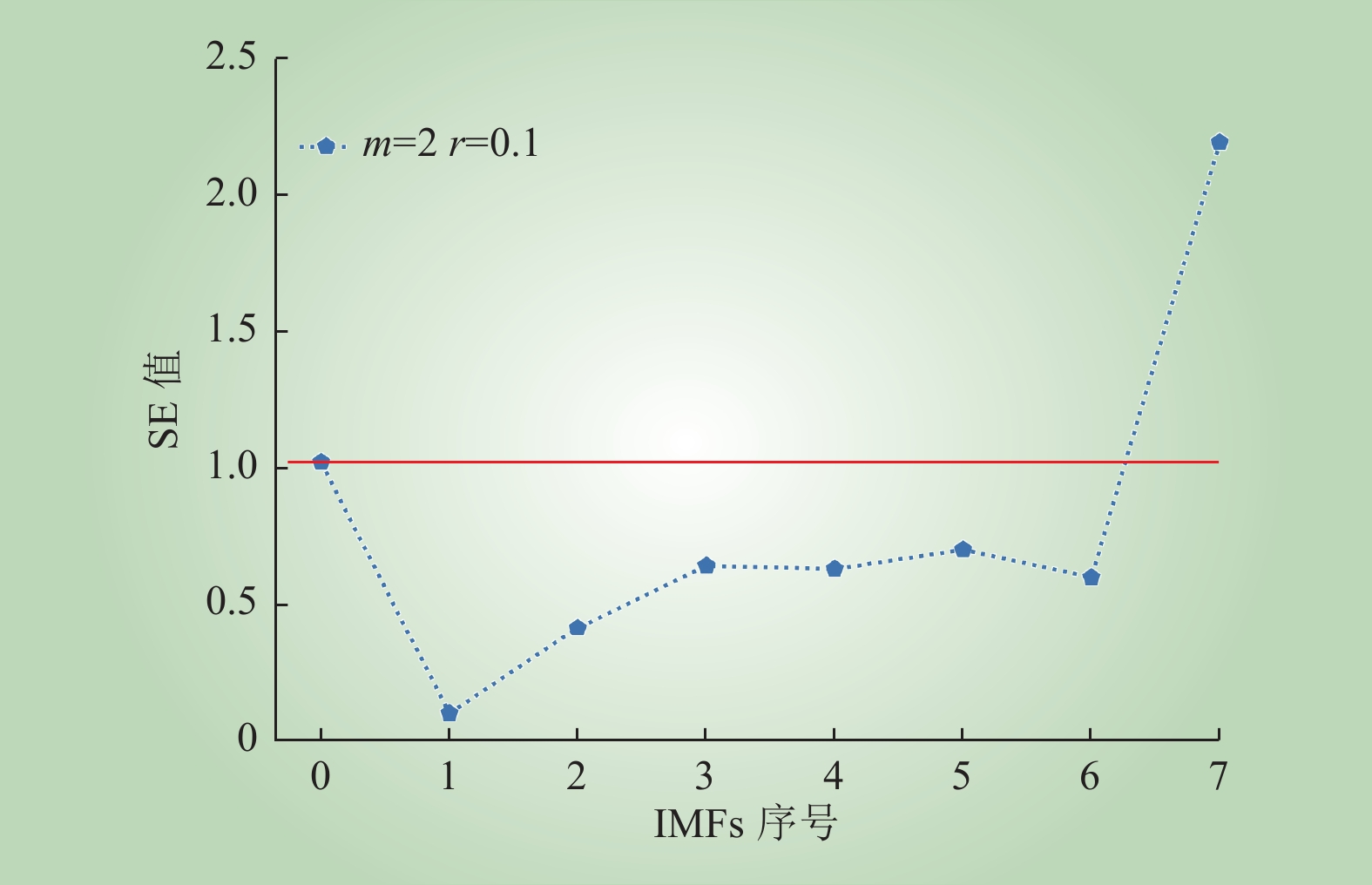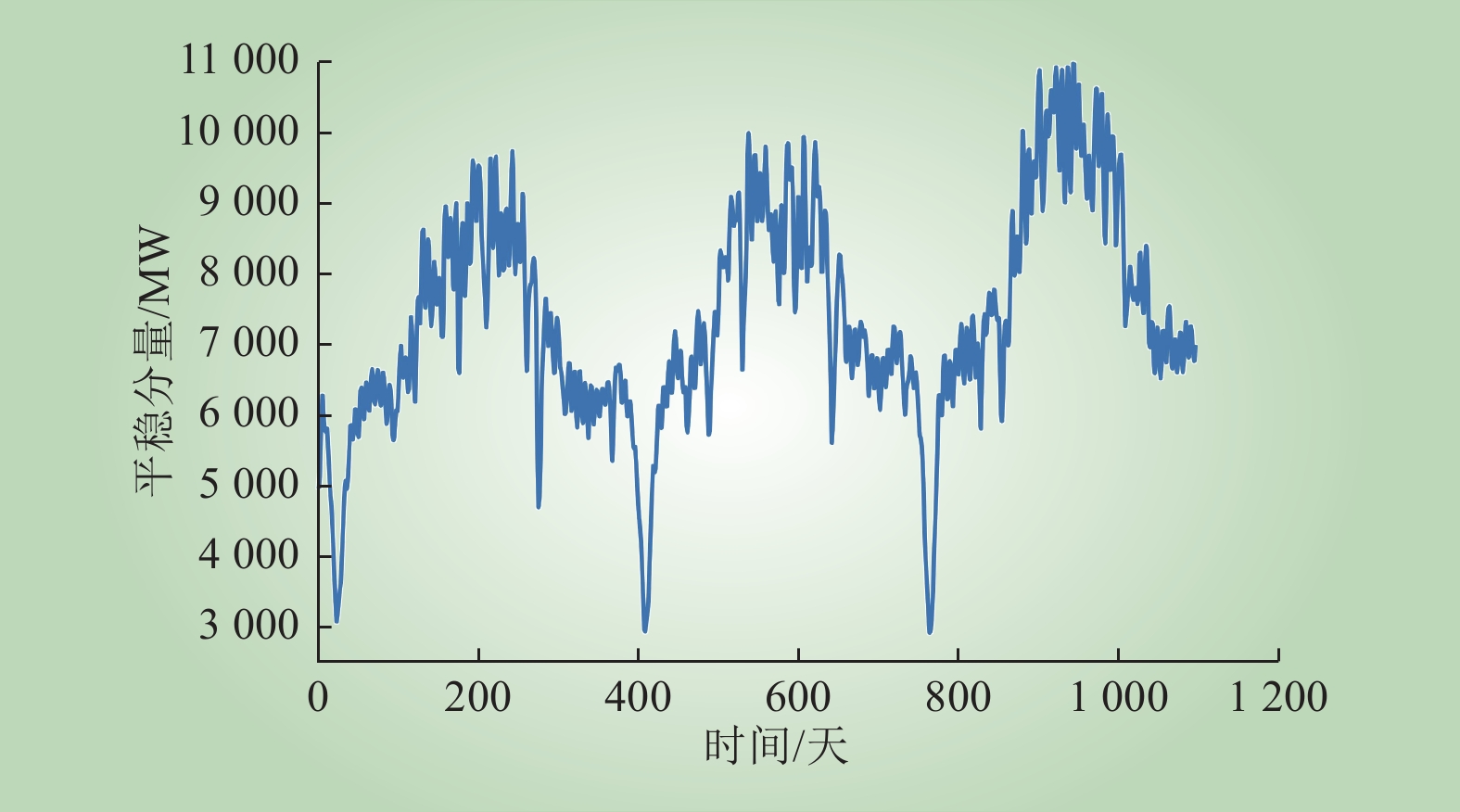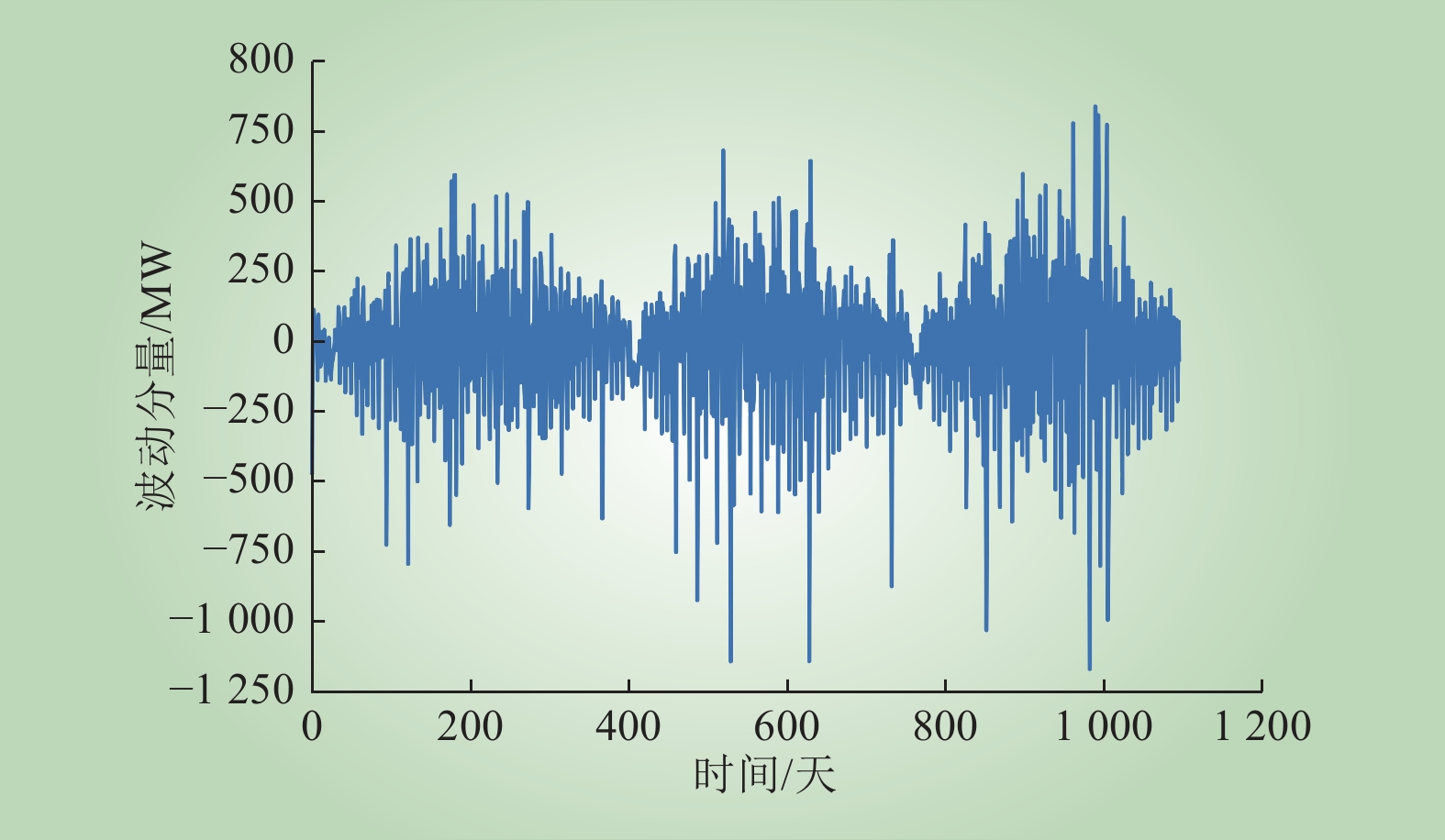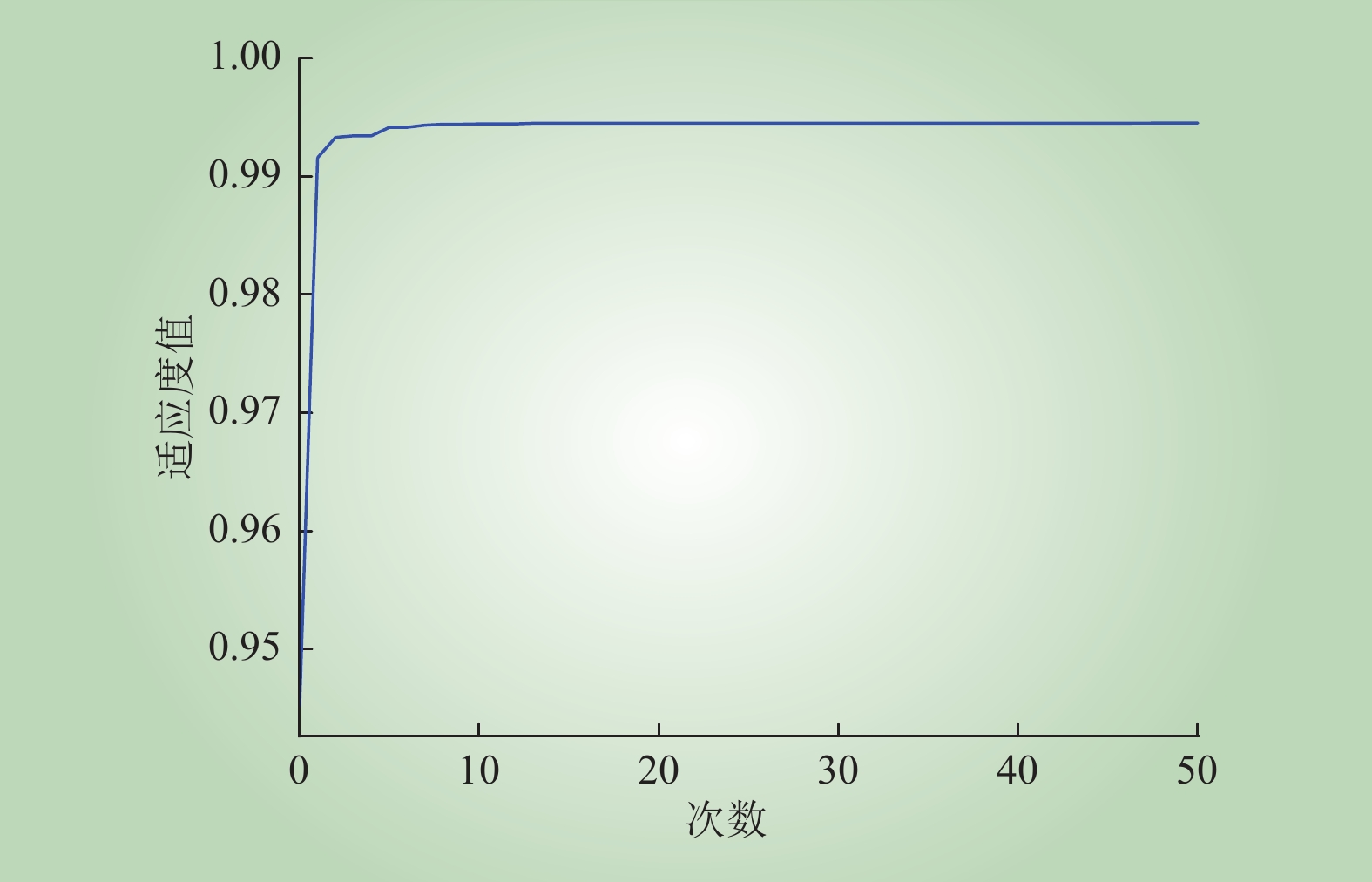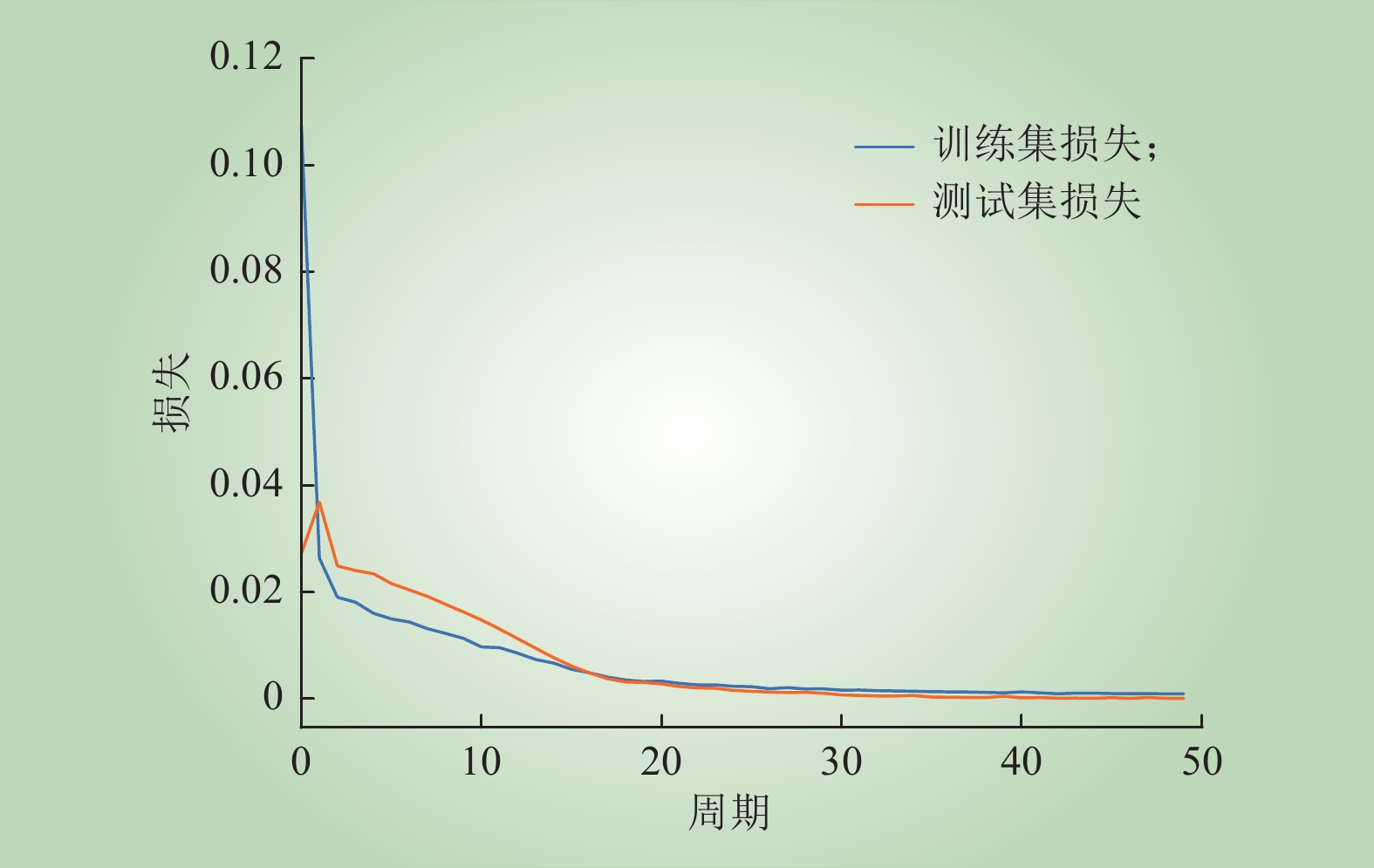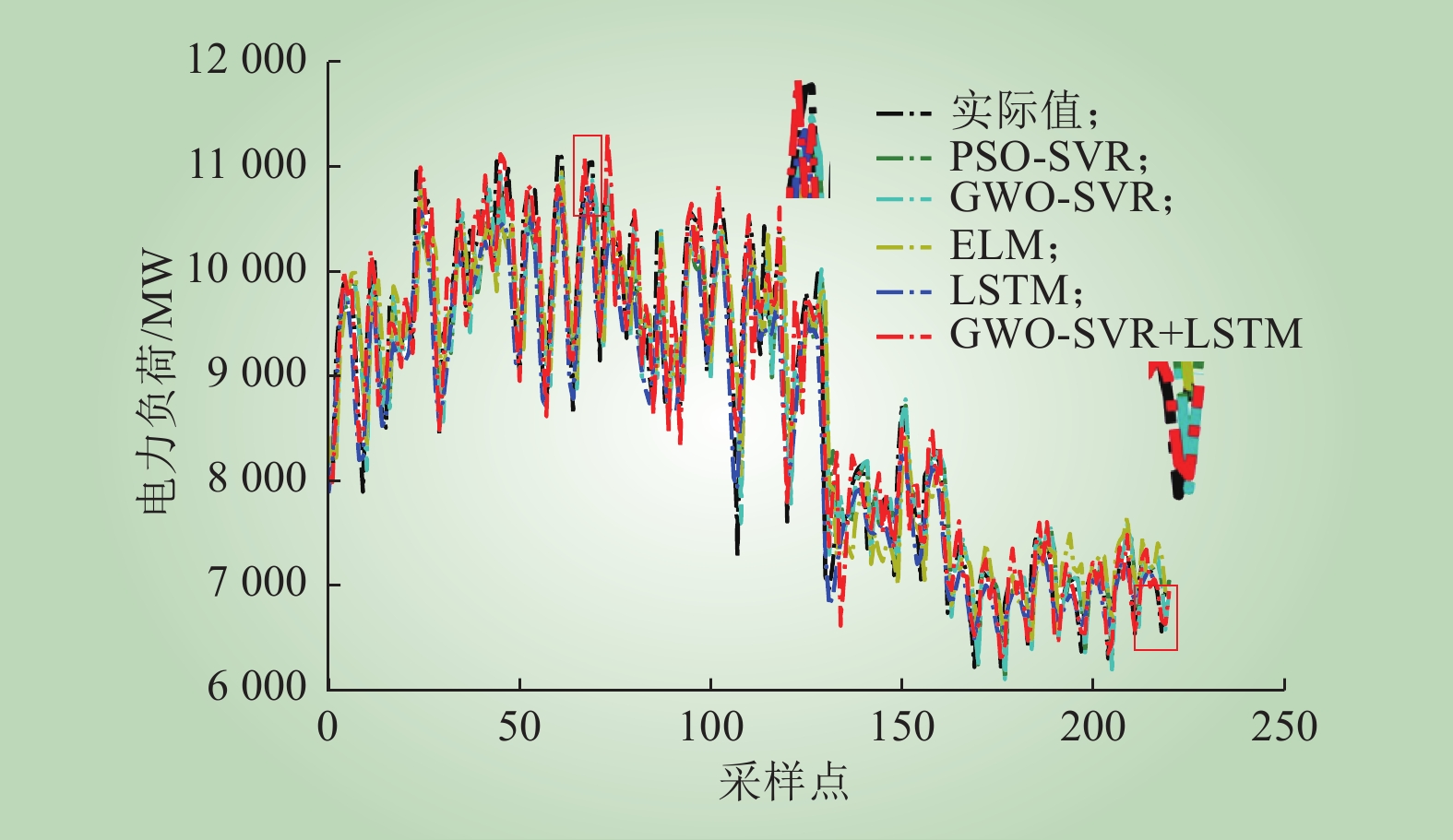| 1 |
JAHAN I S, SNASEL V, MISAK S. Intelligent systems for power load forecasting: a study review[J]. Energies, 2020, 13 (22): 6105.
DOI
|
| 2 |
BEDI J, TOSHNIWAL D. Empirical mode decomposition based deep learning for electricity demand forecasting[J]. IEEE Access, 2018, 6, 49144- 49156.
DOI
|
| 3 |
QU H R, ZHANG R N. Short-term mathematical prediction model of air quality based on CEEMD-ELM-PSO[C]//2022 IEEE International Conference on Electrical Engineering, Big Data and Algorithms (EEBDA). Changchun, China. IEEE, 2022: 227–232.
|
| 4 |
方娜, 陈浩, 邓心, 等. 基于VMD-ARIMA-DBN的短期电力负荷预测[J]. 电力系统及其自动化学报, 2023, 35 (6): 59- 65.
|
|
FANG Na, CHEN Hao, DENG Xin, et al. Short-term power load forecasting based on VMD-ARIMA-DBN[J]. Proceedings of the CSU-EPSA, 2023, 35 (6): 59- 65.
|
| 5 |
邓带雨, 李坚, 张真源, 等. 基于EEMD-GRU-MLR的短期电力负荷预测[J]. 电网技术, 2020, 44 (2): 593- 602.
|
|
DENG Daiyu, LI Jian, ZHANG Zhenyuan, et al. Short-term electric load forecasting based on EEMD-GRU-MLR[J]. Power System Technology, 2020, 44 (2): 593- 602.
|
| 6 |
段明明, 杨捷, 李沛霖. 基于小波和径向基函数神经网络的电力负荷预测研究[J]. 云南大学学报(自然科学版), 2020, 42 (S2): 18- 25.
DOI
|
|
DUAN Mingming, YANG Jie, LI Peilin. The research on power load forecasting based on wavelet and radical basis function neural network[J]. Journal of Yunnan University, 2020, 42 (S2): 18- 25.
DOI
|
| 7 |
WEI N, LI C J, PENG X L, et al. Daily natural gas consumption forecasting via the application of a novel hybrid model[J]. Applied Energy, 2019, 250, 358- 368.
|
| 8 |
杨胡萍, 余阳, 汪超, 等. 基于VMD-CNN-BIGRU的电力系统短期负荷预测[J]. 中国电力, 2022, 55 (10): 71- 76.
DOI
|
|
YANG Huping, YU Yang, WANG Chao, et al. Short-term load forecasting of power system based on VMD-CNN-BIGRU[J]. Applied Energy, 2022, 55 (10): 71- 76.
DOI
|
| 9 |
石安平, 周吕, 王成, 等. 结合EMD与小波阈值去噪的GB[J]. 测绘通报, 2022, (增刊2): 227- 232, 240.
|
| 10 |
刁涵彬, 李培强, 郭思源, 等. PMU小扰动信号下的综合负荷模型参数辨识方法[J]. 电力系统保护与控制, 2023, 51 (13): 37- 49.
DOI
|
|
DIAO Hanbin, LI Peiqiang, GUO Siyuan, et al. Parameter identification method of composite load model using small disturbance signal of PMU[J]. Power System Protection and Control, 2023, 51 (13): 37- 49.
DOI
|
| 11 |
陆磊, 张铭飞, 朱浩钰. 基于VMD-IPSO-LSSVM的短期电力负荷预测研究[J]. 电工技术, 2022, (24): 175- 178, 197.
|
|
LU Lei, ZHANG Mingfei, ZHU Haoyu. Research on short-term power load forecasting based on VMD-IPSO-LSSVM[J]. Electric Engineering, 2022, (24): 175- 178, 197.
|
| 12 |
李雪冬, 黄莹, 胡勇, 等. 基于PAU-LSSVM模型融合多特征变量的电力负荷预测[J]. 电子器件, 2021, 44 (2): 474- 479.
DOI
|
|
LI Xuedong, HUANG Ying, HU Yong, et al. Multiple-feature power load forecasting based on PAU-LSSVM model[J]. Chinese Journal of Electron Devices, 2021, 44 (2): 474- 479.
DOI
|
| 13 |
HAFEEZ G, KHAN I, JAN S, et al. A novel hybrid load forecasting framework with intelligent feature engineering and optimization algorithm in smart grid[J]. Applied Energy, 2021, 299, 117178.
DOI
|
| 14 |
张栋栋, 陈洁, 李洋. 基于VMD-SE和BiLSTM在短期负荷预测应用[J]. 现代电子技术, 2021, 44 (23): 155- 159.
|
|
ZHANG Dongdong, CHEN Jie, LI Yang. Application of VMD-SE and BiLSTM in short-term load forecasting[J]. Modern Electronics Technique, 2021, 44 (23): 155- 159.
|
| 15 |
黄志祥, 周莉. 基于VMD-LSTM的短期电力负荷预测研究[J]. 洛阳理工学院学报(自然科学版), 2022, 32 (3): 76- 80, 96.
|
|
HUANG Zhixiang, ZHOU Li. Research on short term load forecasting based on VMD-LSTM[J]. Journal of Luoyang Institute of Science and Technology (Natural Science Edition), 2022, 32 (3): 76- 80, 96.
|
| 16 |
VEERAMSETTY V, REDDY K R, SANTHOSH M, et al. Short-term electric power load forecasting using random forest and gated recurrent unit[J]. Electrical Engineering, 2022, 104 (1): 307- 329.
DOI
|
| 17 |
张腾达, 李琦, 陈波. 基于LSTM的热力站短期热负荷预测研究[J]. 计算机仿真, 2022, 39 (9): 507- 512.
|
|
ZHANG Tengda, LI Qi, CHEN Bo. Research on short-term heat load forecasting of thermal power station based on LSTM[J]. Computer Simulation, 2022, 39 (9): 507- 512.
|
| 18 |
SAJJAD M, AHMAD KHAN Z, ULLAH A, et al. A novel CNN-GRU-based hybrid approach for short-term residential load forecasting[J]. IEEE Access, 2020, 8, 143759- 143768.
DOI
|
| 19 |
杨晶显, 张帅, 刘继春, 等. 基于VMD和双重注意力机制LSTM的短期光伏功率预测[J]. 电力系统自动化, 2021, 45 (3): 174- 182.
|
|
YANG Jingxian, ZHANG Shuai, LIU Jichun, et al. Short-term photovoltaic power prediction based on variational mode decomposition and long shortterm memory with dual-stage attention mechanism[J]. Automation of Electric Power Systems, 2021, 45 (3): 174- 182.
|
| 20 |
徐晋宏, 魏秀业, 贺妍, 等. 基于CEEMDAN样本熵与PNN的行星齿轮故障诊断[J]. 机床与液压, 2021, 49 (20): 179- 183.
|
|
XU Jinhong, WEI Xiuye, HE Yan, et al. Fault diagnosis of planetary gear based on CEEMDAN sample entropy and PNN[J]. Machine Tool & Hydraulics, 2021, 49 (20): 179- 183.
|
| 21 |
TANG R N, LI X W, LI C, et al. Prediction of rubber leaf nitrogen content based on fractional-order GWO-SVR[C]//Proceedings of the 20th International Conference on Near Infrared Spectroscopy, August 9th 2022, Springer, Singapore, 2022: 303–315.
|
| 22 |
董彦军, 王晓甜, 马红明, 等. 基于随机森林与长短期记忆网络的电力负荷预测方法[J]. 全球能源互联网, 2022, 5 (2): 147- 156.
|
|
DONG Yanjun, WANG Xiaotian, MA Hongming, et al. Power load forecasting method based on random forest and long short-term memory[J]. Journal of Global Energy Interconnection, 2022, 5 (2): 147- 156.
|
| 23 |
ZHANG Y G, PAN G F. A hybrid prediction model for forecasting wind energy resources[J]. Environmental Science and Pollution Research, 2020, 27 (16): 19428- 19446.
DOI
|
| 24 |
黄睿, 朱玲俐, 高峰, 等. 基于变分模态分解的卷积长短时记忆网络短期电力负荷预测方法[J/OL]. 现代电力: 1–10[2023-12-11]. https://doi.org/10.19725/j.cnki.1007-2322.2022.0210.
|
|
HUANG Rui, ZHU Lingli, GAO Feng, et al. A convolutional long short term memory network short term power load prediction method based on variational mode decomposition [J/OL]. Modern Electric Power, 1–10 [2023-12-11]. https://doi.org/10.19725/j.cnki.1007-2322.2022.0210.
|
| 25 |
姚浩然, 李成鑫, 郑秀娟, 等. 集成自适应啁啾模态分解和Bi LSTM的短期负荷组合预测模型[J]. 电力系统保护与控制, 2022, 50 (19): 58- 66.
|
|
YAO Haoran, LI Chengxin, ZHENG Xiujuan, et al. Short-term load combination forecasting model integrating ACMD and BiLSTM[J]. Power System Protection and Control, 2022, 50 (19): 58- 66.
|
| 26 |
杨信强, 李振华, 钟悦, 等. 基于变分模态分解和CNN-GRU-ED的超短期互感器误差预测[J]. 电力系统保护与控制, 2023, 51 (12): 68- 77.
DOI
|
|
YANG Xinqiang, LI Zhenhua, ZHONG Yue, et al. Ultra-short term transformer error forecast based on variational mode decomposition and CNN-GRU-ED[J]. Power System Protection and Control, 2023, 51 (12): 68- 77.
DOI
|
| 27 |
林希程. 基于组合预测模型电力负荷优化算法研究[J]. 电子技术与软件工程, 2023, (5): 110- 113.
|
| 28 |
XIAN H F, CHE J X. Multi-space collaboration framework based optimal model selection for power load forecasting[J]. Applied Energy, 2022, 314, 118937.
DOI
|
| 29 |
AHMAD N, GHADI Y, ADNAN M, et al. Load forecasting techniques for power system: research challenges and survey[J]. IEEE Access, 1054, 10, 71054- 71090.
|
| 30 |
CUI C, HE M, DI F C, et al. Research on power load forecasting method based on LSTM model[C]//2020 IEEE 5th Information Technology and Mechatronics Engineering Conference (ITOEC). Chongqing, China. IEEE, 2020: 1657–1660.
|



